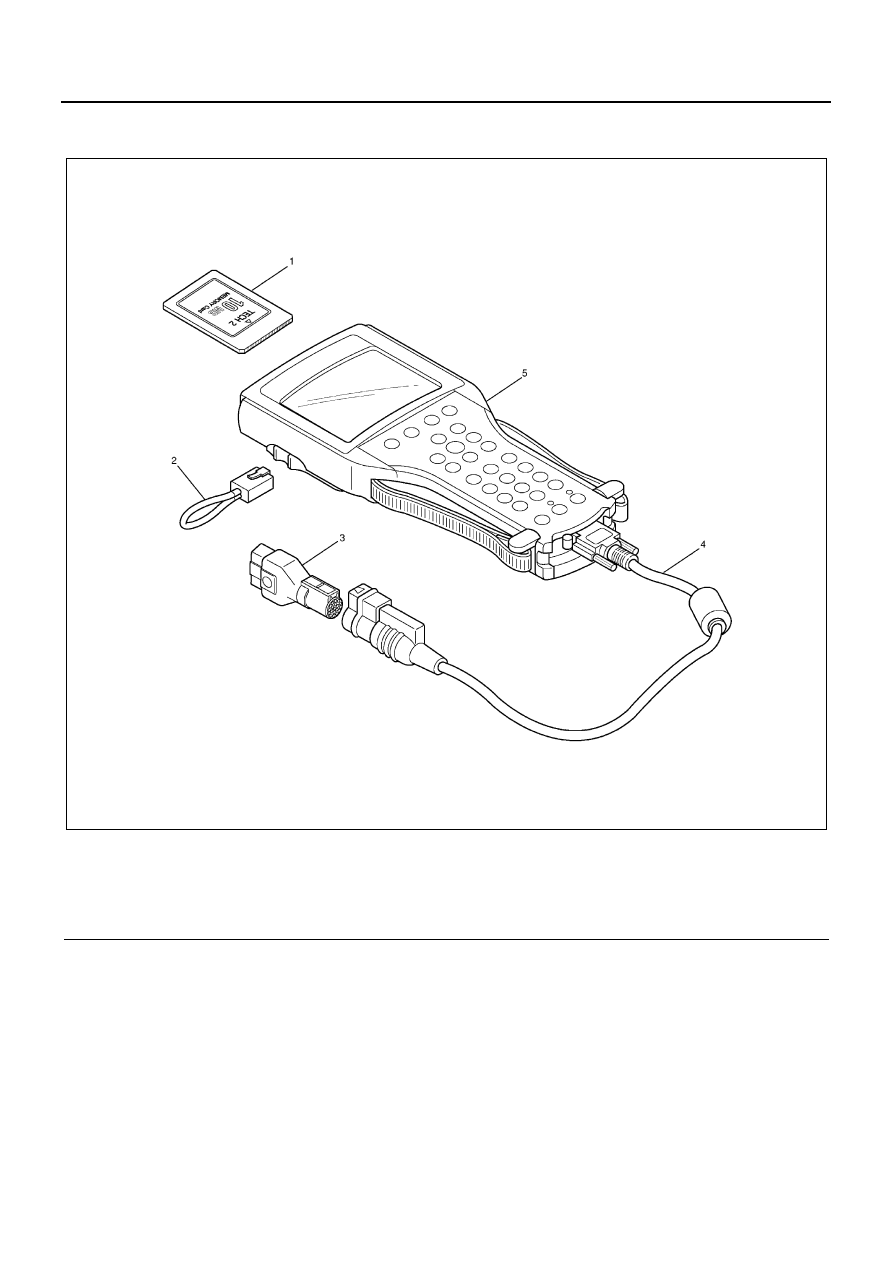Isuzu N-Series. Manual - part 453

6E-148 EMISSION AND ELECTRICAL DIAGNOSIS
SPECIAL TOOLS
Legend
1. PCMCIA card
4. DLC cable
2. RS232 loop back connector
5. TECH-2
3. SAE 16/19 adapter
N6A1293E
|
|
|

6E-148 EMISSION AND ELECTRICAL DIAGNOSIS SPECIAL TOOLS Legend 1. PCMCIA card 4. DLC cable 2. RS232 loop back connector 5. TECH-2 3. SAE 16/19 adapter N6A1293E |